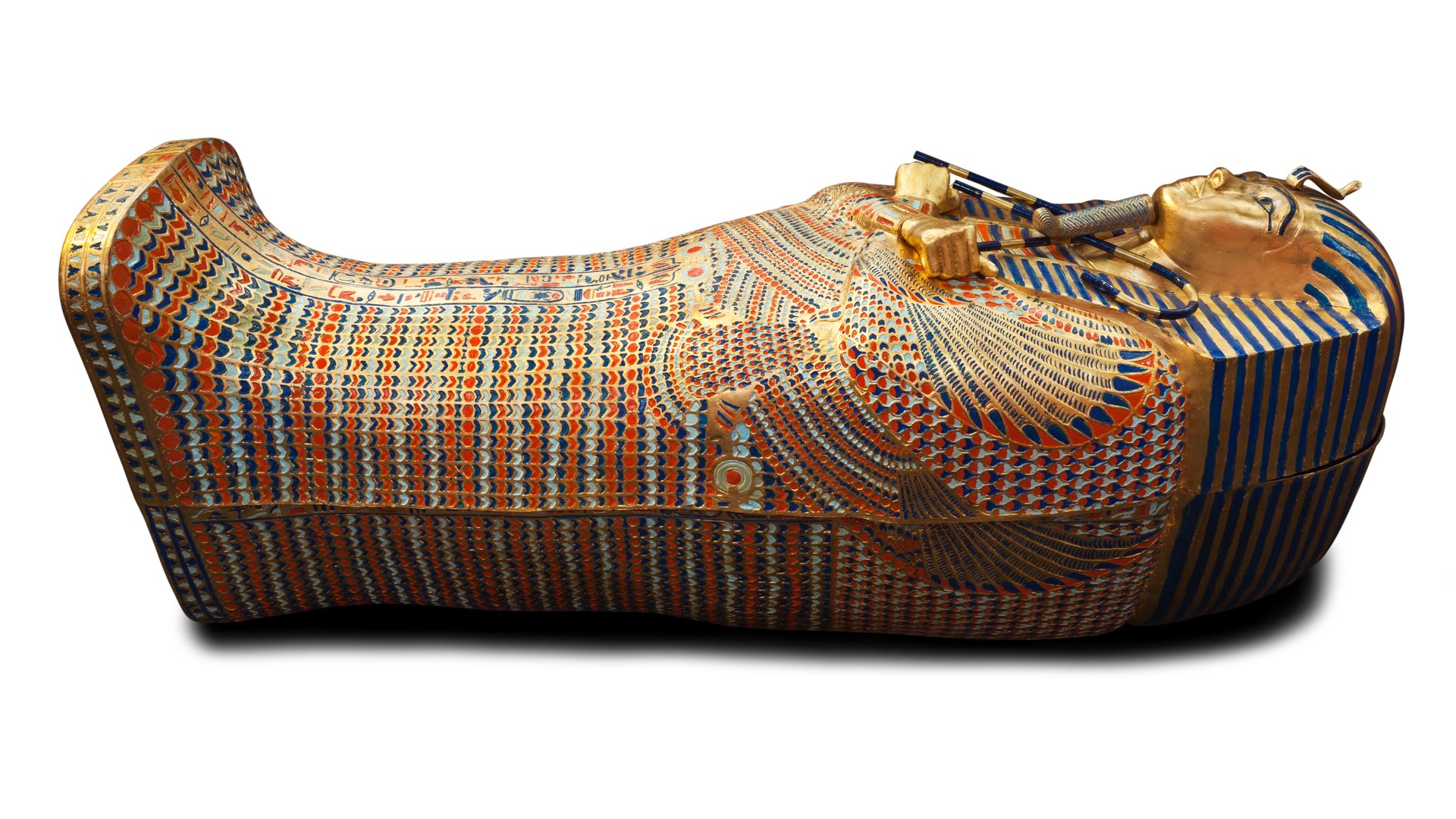The idea for the course came to Kelly-Anne Diamond, PhD, an archaeologist who specializes in Egyptology, and Michael Zimmerman, MD, PhD, an anthropologist and retired pathologist, when they met for the first time over coffee.
Integrating Dr. Diamond’s expertise in ancient funerary practices and Dr. Zimmerman’s background in autopsying mummies, the two Villanova professors of History and Biology, respectively, created “Egyptian Mummies and Modern Science.”
The interdisciplinary class blends the cultural, medical and ritualistic — and just a pinch of gruesome. It covers what disease reveals about living conditions in ancient Egypt — for example, extended families shared homes and infections — and what mummies reveal about the evolution of disease.
Students read translations of funerary texts, known collectively as the Book of the Dead, and of medical papyri, which gave advice on treating everything from snake bites to human bites.
Another topic is the process of mummifying and which ailments — such as cirrhosis of the liver and hemorrhaging in the lungs — have been found in postmortems.
Students also are exposed to ancient movies: The course wraps up with 1932’s The Mummy, starring Boris Karloff.
Did You Know?
For centuries, the Egyptians removed internal organs, embalmed them and placed them in what are called canopic jars with the entombed body. The brain? That organ was pulled out through the nose and discarded.
Many findings of paleopathology are not conclusive, but experts do know that people in dynastic Egypt had tuberculosis. A team that included Dr. Zimmerman found the organism that causes the disease in a mummified five-year-old.
Source: My Patients Were Mummies, by Michael Zimmerman, MD, PhD
